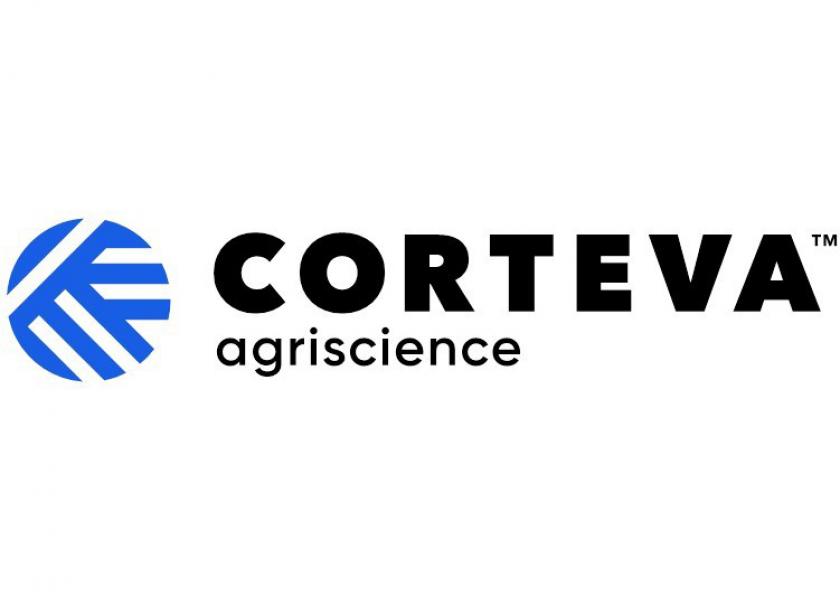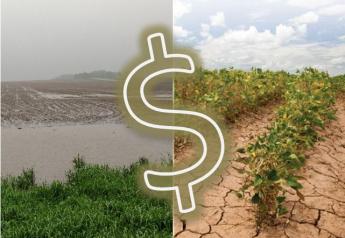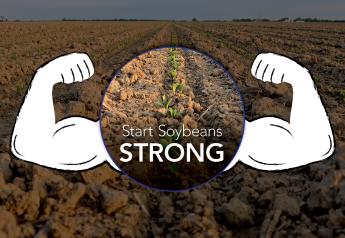Final Curtain for FeXapan, Illinois Details 3 Additional Application Parameters

One dicamba domino has fallen. Announced on Feb. 22, Corteva Agriscience will no longer sell FeXapan herbicide in the U.S. and Canada.
In its statement the company said:
"Corteva Agriscience has made a business decision to discontinue sales of FeXapan herbicide in the U.S. and Canada. We continue to see strong demand and broad adoption of Enlist technology for seed and Enlist herbicide crop protection solutions. This decision allows Corteva to focus customer and applicator training, sales and distribution resources on our leading Enlist weed control system."
The statement also said: "Our commercial team will continue to support our customers who have selected Roundup Ready 2 Xtend technology from a Corteva seed brand. Those customers may use dicamba herbicides offered through other brands, while still accessing other soybean herbicides from Corteva and benefitting from the strong yields of Corteva brand dicamba-tolerant soybean products."
In late October 2020, the EPA issued a five-year label for three other dicamba formulations: BASF’s Engenia, Syngenta’s Tavium and Bayer’s XtendiMax.
That unconditional registration lists these changes to the label:
- Downwind buffer of 240' is required, and a buffer of 310' is required where listed endangered species are located.
- National application cutoff for soybeans after June 30; July 30 is the cutoff date in cotton.
- An approved pH buffering agent is required to lower volatility.
- Growers can use hooded sprayers to reduce buffers up to 110', unless spraying in areas with endangered species, where a 240' buffer is required.
Illinois has added additional label requirements, as detailed by Aaron Hager in this bulletin with three additional parameters beyond the federal labels:
1. Temperature Restriction: A pesticide containing dicamba shall not be applied on soybean if the air temperature at the field at the time of application is over 85 degrees Fahrenheit or if the National Weather Service’s forecasted high temperature for the nearest available location for the day of application exceeds 85 degrees Fahrenheit. Local National Weather Service forecasts are available here.
2. Application Date Restriction: Application on soybean of a pesticide containing dicamba shall not be made after June 20 of each year.
3. Sensitive Crop Registry: Before applying a pesticide containing dicamba on soybeans, the applicator shall consult the FieldWatch sensitive crop registry and comply with all associated recordkeeping and label requirements.







